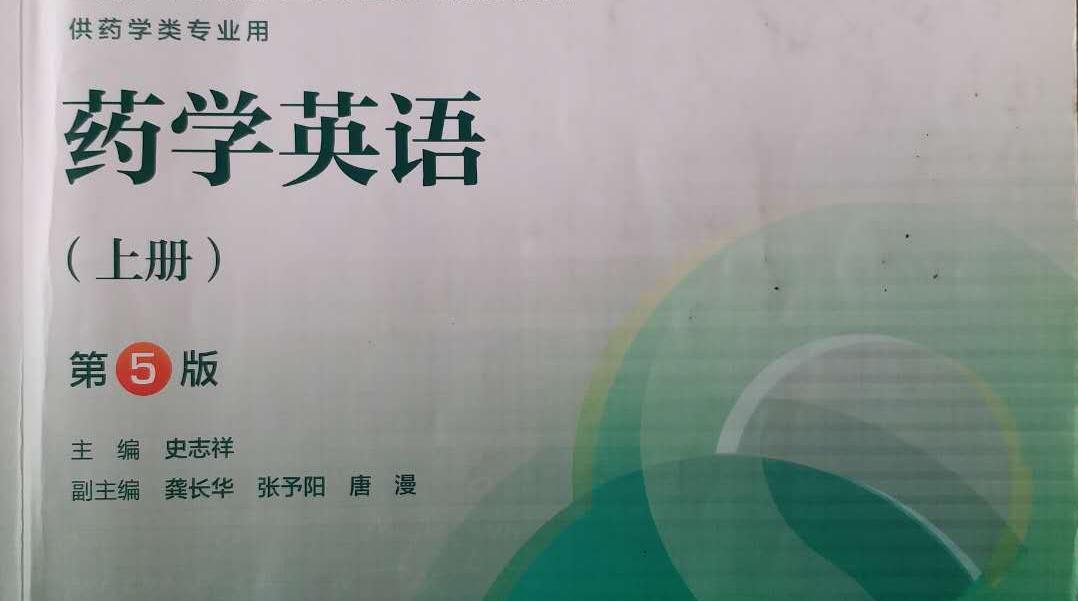第七章测试1.( ) increases risk of bleeding.
A:Excessive coagulation B:Insufficient anticoagulation C:Insufficient warfarin D:Excessive warfarin
答案:D
2.Which of the following statements is TRUE? ( )
A:A drug will certainly be efficacious in actual use if it was already proved in clinical trials. B:A drug that is proved effective in a clinical trial will have similar effectiveness in actual use. C:Drugs that are efficacious in clinical trials may not be very effective in clinical uses. D:A drug that is efficacious in clinical trials will always be not very effective in actual use. 3.Which of following elements is not involved in Patient-oriented outcomes? ( )
A:concentrations of cholesterol B:relief of symptoms C:prevention of disability D:prolongation of life 4.Clinicians often consider factors that are somewhat ( ), such as personal experience, anecdotes, peer practices, and expert opinions.
A:objectively B:objective C:subjectively D:subjective 5.The intuitive standard used for the measurement of efficacy and safety in medical history are no longer used today. ( )
A:对 B:错 6.Unlike effectiveness, efficacy cannot be evaluated accurately even in an ideal environment. ( )
A:对 B:错 7.Surrogate outcomes are preferred measures of efficacy than patient-oriented outcomes, because they can be much more feasible to use. ( )
A:错 B:对 8.Adverse effects may only be fully known after a drug has been in widespread clinical use for a long time. ( )
A:错 B:对 9.Even a drug that causes many more harms than benefits, it may still be worth prescribing to patients. ( )
A:错 B:对 10.A drug with wide therapeutic window is often safer than those with narrow ones. ( )
A:错 B:对
温馨提示支付 ¥3.00 元后可查看付费内容,请先翻页预览!

